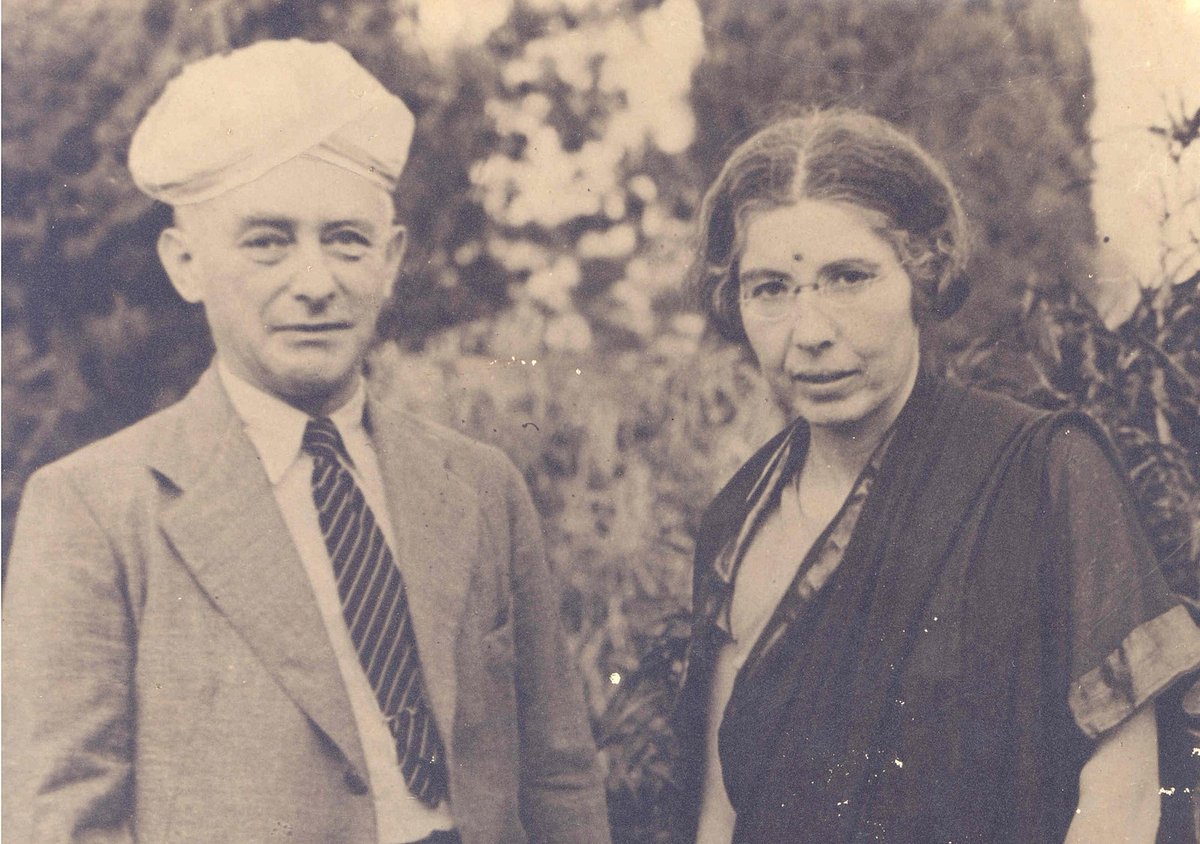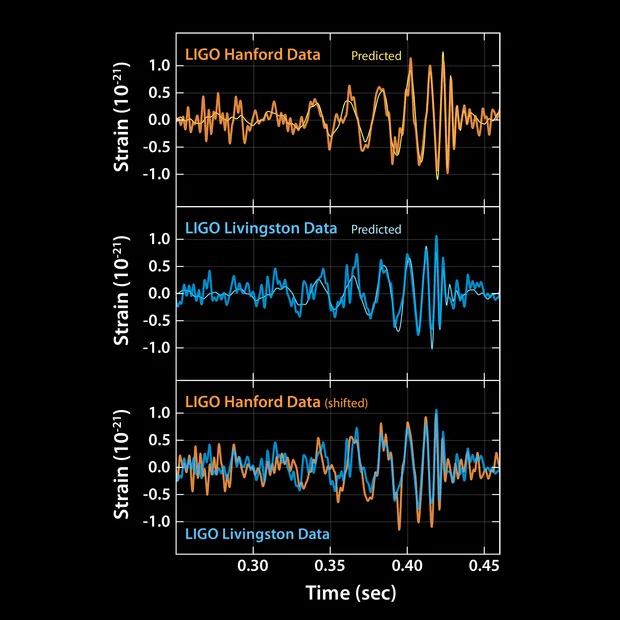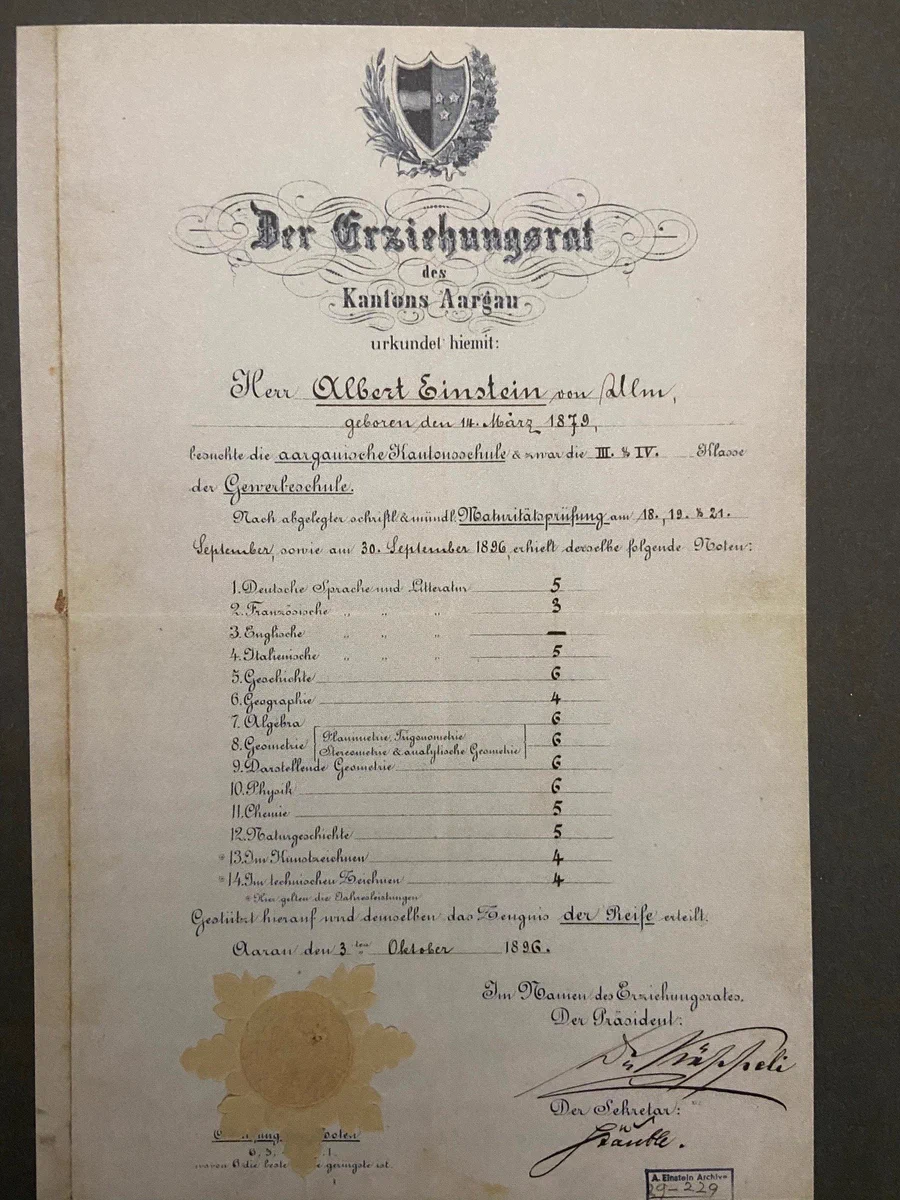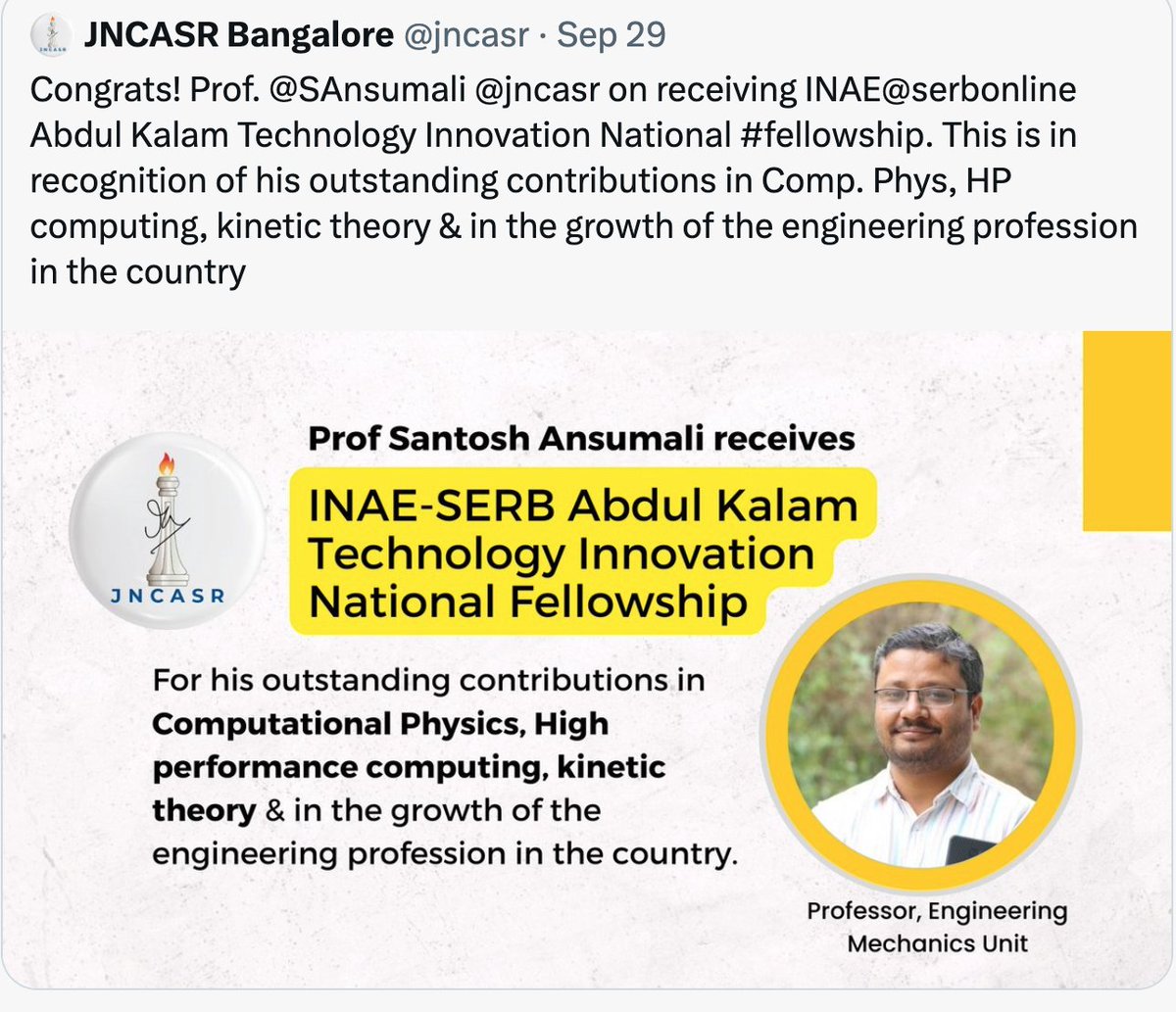From the below results and papers, does LK-99 look promising or something new?
First independent measurement of zero resistance in LK-99
A team of scientists from the Physics Department of Southeast University, a top university in Nanjing, China, have reported measuring 0 resistance in a sample of LK-99 they synthesized from scratch.
Here is the video:
- They measure 0 resistance at 110K (-163C) using the four-point probe method. 0 resistance at this high of a temperature at ambient pressure is a new discovery in materials science
- They also claim a transition in and out of zero resistance state depending on a strongly applied magnetic field - a classic characteristic of superconductivity.
- The sample they synthesized is reported to have much higher purity than the original Korean team of LKK
- They note an interesting and abrupt drop in resistance, by several orders of magnitude, between ~300 and 220K (approx values from the graph). This is currently unexplained, but is in rough agreement with LKK - i.e., LKK may have been measuring this higher-temperature 'drop' which was two orders of magnitude.
- They retain the claim that this is not absolute conclusive proof of superconductivity, but it is suggestive of very interesting electronic properties in this material.
The preprint is now available online at https://arxiv.org/abs/2308.01192
https://twitter.com/Andercot/status/1686805961124855810
Replication attempts https://en.wikipedia.org/wiki/LK-99#Rep ... n_attemptsIn 2 days there are have been 4 studies that help explain LK-99's potential superconducting abilities.
These simulations converge on key properties that suggest a new class of SC materials, and help explain quirks of TK-99 we've seen so far.
Here is the easy-to-digest summary so far:
(Reminder: still no experimental replication yet!!)
All studies converged on the fact that LK-99 has interesting electronic properties, formed by these 'flat energy bands' that can enable superconductivity through several different mechanisms.
- This effect relies on copper replacing lead atoms in the crystal, but it has to replace very specific lead atoms for the bands to appear, meaning it may be hard to synthesize with high purity (paper 1)
- The conduction pathways in the material may be one-dimensional, meaning they aren't equal in all directions, and this could be why it doesn't act as a perfect magnetic levitator but rather a semi-levitator. Also, other metals like gold could make LK-99 perform even better (paper 2)
- TK-99 appears to be much more robust to disorder, or randomness in the crystal, while retaining its superconducting properties. And, it appears the overlap of copper and oxygen electron orbitals might explain why this occurs at ambient pressures (paper 3)
- The most dramatic result of all is by the most distinguished author: the appearance of diamagnetism without superconductivity seems unlikely (paper 4).
Here is the technical deep-dive to back it up:
Note: I include highest h-indexes of authors, which is like a 'science high score'
h=20: 'successful scientist', e.g. full professor
h=40: 'outstanding scientist', e.g. fellowship in APS
h=60: 'truly exceptional scientist', e.g. national academy
1st Paper - Lawrence Berkeley National Lab
Sinead Griffith (h-index 20)
https://arxiv.org/abs/2307.16892
2nd Paper - Shenyang National Laboratory
https://arxiv.org/abs/2307.16040
Lai, Li, et al, and Xing-Qiu Chen (h-index: 47)
3rd Paper - University of Colorado, Boulder
https://arxiv.org/abs/2308.00698
Kurleto et al, Daniel S Dessau (h-index: 49)
4th Paper - Northwest U and TU Wien
https://arxiv.org/abs/2308.00676
Liang Si and Karsten Held (h-index: 67)
https://twitter.com/Andercot/status/1686688495577018368?
For latest updates https://twitter.com/Andercot



